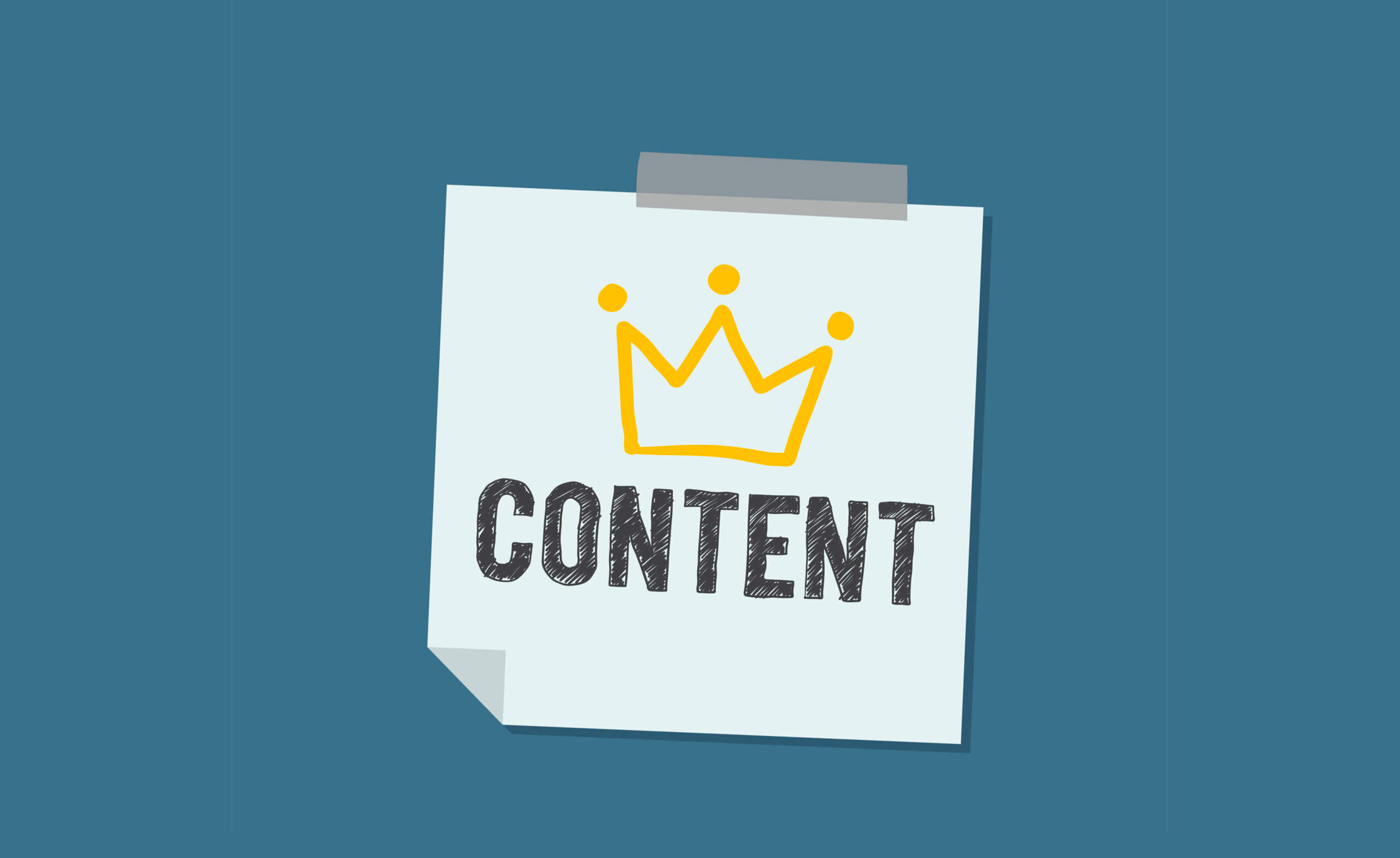Is there such a thing as being able to minimize documentation? There is if you are creating reference sheets or so-called cheat sheets. These are quick reference guides. They are especially useful for referencing material such as scripts, codes, or shortcuts within science, games, writing, etc. They exist for any topic or any field. They will present basic or core information that is relevant to the user. See more about ready reference sheets at: https://management.org/blogs/communications/2011/09/21/what-are-ready-reference-sheets/#sthash.HTLvhQVi.dpuf
Recently, however, I’ve noticed that when the topic of documentation minimization appears, it’s more about reusing documentation so that you end up writing only once. Here are some questions to ask yourself when deciding to reuse content or not.
- Where and when is this piece of information repeated for your stakeholders? (Example: warning sections existing inside user manuals or on detachable user cards.)
- Is this information required in a variety of documentation needed by your stakeholders? (Example: equipment requirements noted within functional, test, analytical, or release documents.)
- What type of information is required by your stakeholders? (Example: detailed business process flows, general facts, quick notes, or illustrated graphics or video data, etc.)
Here are some ideas on how to maintain reused content.
- Separate reusable content into categories. This will also make locating information more quickly. Create a directory or a chart for this listing.
- List content locations. For content fitting into more than one category, list all locations so that updates will be made across the board.
- Rename or create a new content category. For customized content changes, you may need to rename or create a new category. Keeping track of updates is very important. Therefore, make note of the date and time the change was made and make sure all related references are also updated.
- Plan it out. You may plan out your content thinking that the content is valid and accurate, but at the same time, be mindful that last minute changes might occur. If changes have to be made, look at the directory or chart you made and make the change in all associated places.
- Learn from your experiences. If you see a trend, create a style guide for the reuse of content. This will save you time and effort down the line when it comes to not only creating the content, but in also categorizing it.
- Create your spreadsheet. Keep a spreadsheet of all your documents. Include a section for categories if needed, followed by a description of the content, location, the date of the last change, and by whom. It wouldn’t hurt to also add a comment field as well if extra information is needed especially if a particular request was made or if the content is reused in other places.
There are software applications available that can help you keep track of content, paragraph, by paragraph, segment by segment, etc. Explore and find which works best for you if the reuse of content becomes too challenging. But remember to always write for your target audience simply, clearly, accurately, and to the point.
Please leave a comment if you have other suggestions on reusing documentation.
 Sections of this topic
Sections of this topic
















